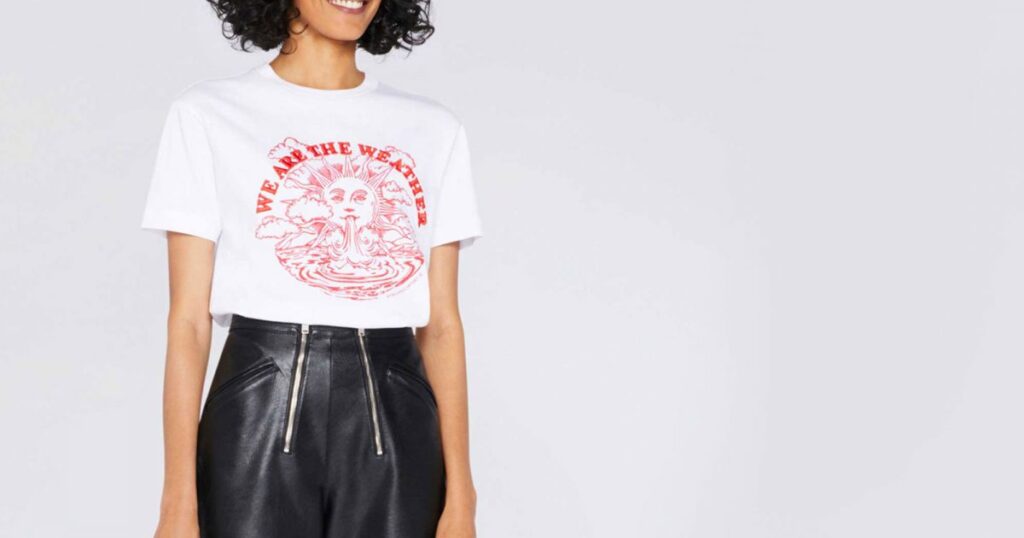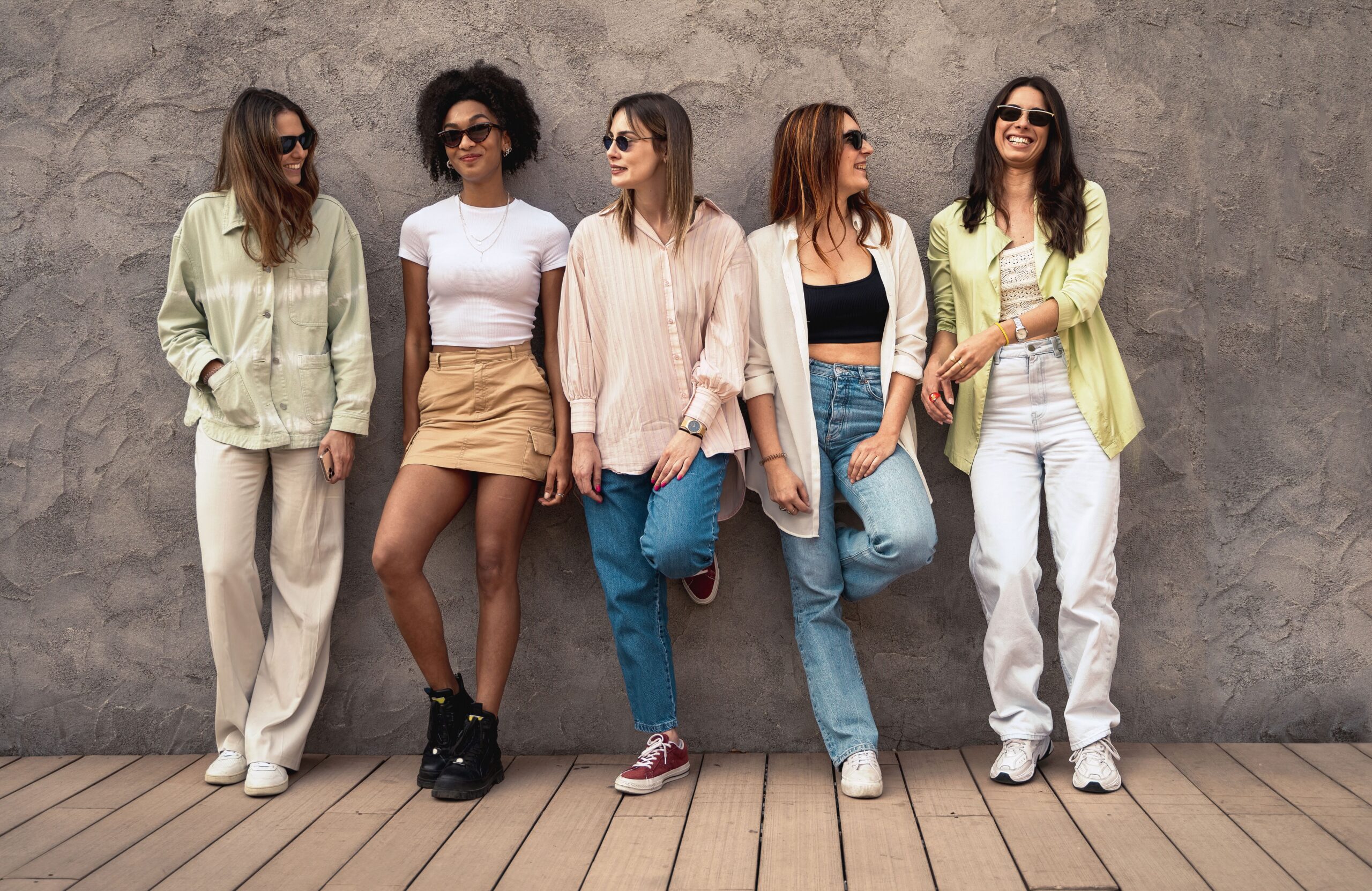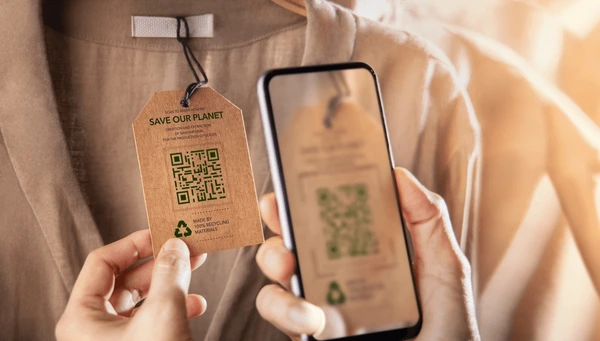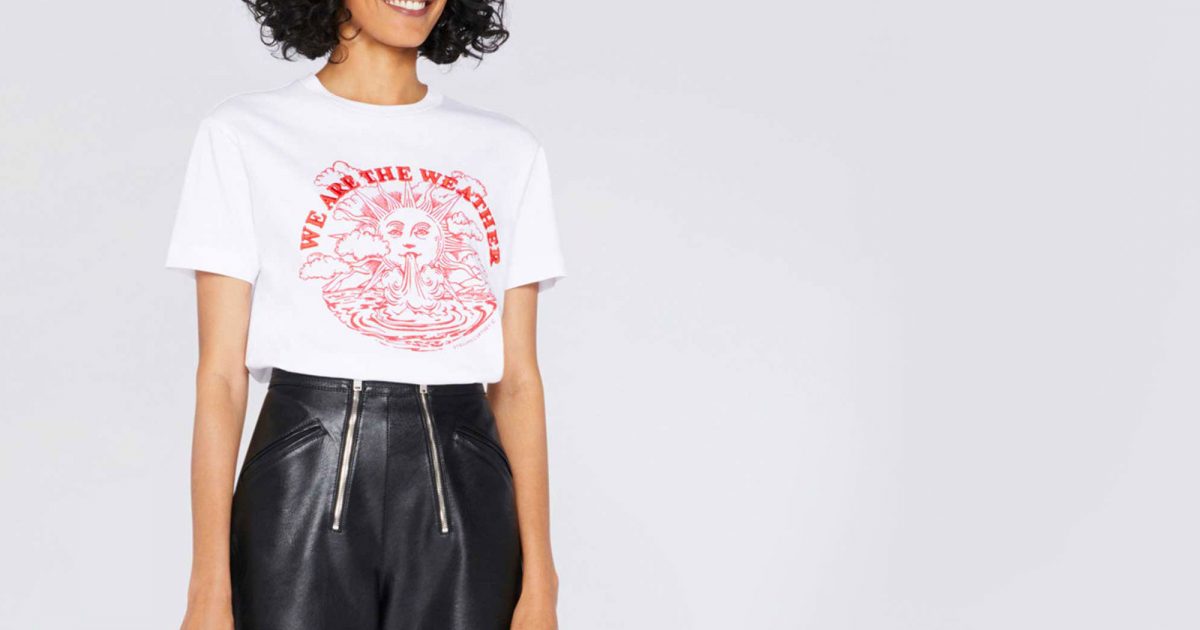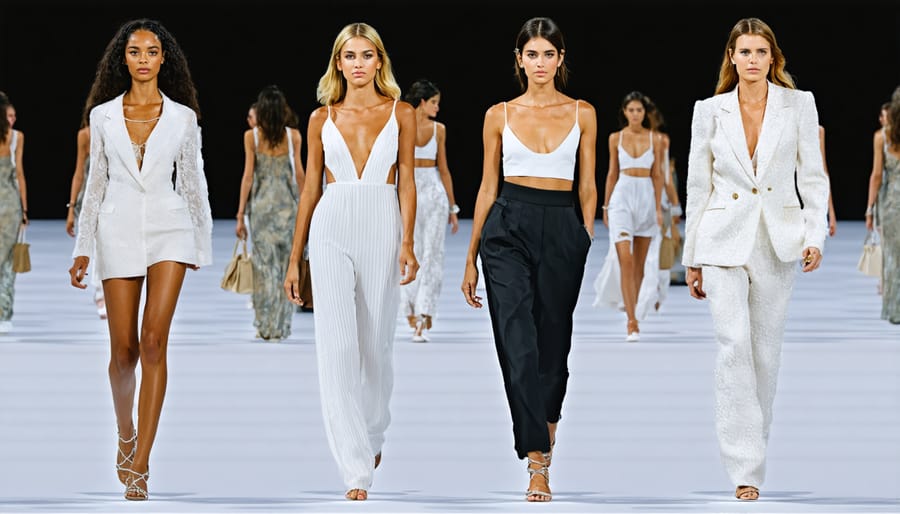As the global fashion industry faces increasing scrutiny for its environmental impact, a new wave of innovation has emerged—circular fashion. Circular fashion is more than a trend; it’s a complete rethinking of how clothing is designed, produced, and consumed. It challenges the traditional “take, make, dispose” model and replaces it with a cycle of reuse, repair, recycle, and regenerate.
In this article, we’ll explore what circular fashion means, the top brands leading the change, and how this sustainable model aligns with modern values like ethical consumption and long-term style.
What Is Circular Fashion?
Circular fashion refers to a system in which clothing and accessories are created, used, and repurposed in a way that minimizes waste and pollution. It focuses on designing products that can stay in use for as long as possible through recycling, resale, or repair.
Instead of contributing to landfill waste, circular fashion keeps materials circulating within the economy, ensuring that nothing goes to waste. It’s the opposite of fast fashion, which promotes disposable clothing with short lifespans.
Core principles of circular fashion:
- Longevity: Designing high-quality pieces that last.
- Recycling: Turning old garments into new fabrics or products.
- Repairability: Encouraging customers to mend and maintain their clothes.
- Resale and rental: Extending the lifecycle of each item.
- Responsible production: Using renewable materials and ethical manufacturing.
Why Circular Fashion Matters
The fashion industry is one of the world’s largest polluters, producing millions of tons of textile waste each year. By embracing circularity, brands can significantly reduce their environmental footprint and inspire conscious consumption.
Key benefits of circular fashion:
- Reduces textile waste and pollution
- Lowers carbon emissions
- Promotes fair labor practices
- Encourages mindful consumption
- Supports a more ethical and sustainable economy
Circular fashion empowers consumers to see clothing as an investment rather than a disposable item.
Leading Circular Fashion Brands in 2025
As awareness of sustainability grows, many fashion labels are moving toward circular design models. Below are some of the top circular fashion brands leading the movement in 2025.
| Brand | Key Initiative | Circular Practice |
|---|---|---|
| Patagonia | “Worn Wear” program | Repairs, resells, and recycles used gear |
| Stella McCartney | Sustainable luxury collections | Uses regenerated materials and closed-loop production |
| Eileen Fisher | “Renew” and “Waste No More” programs | Resells pre-owned pieces and recycles old garments |
| Levi’s | “Buy Better, Wear Longer” campaign | Encourages durability and denim recycling |
| The North Face | “Renewed” line | Refurbishes returned clothing for resale |
| Reformation | Carbon-neutral operations | Uses recycled fabrics and transparent supply chains |
| For Days | Circular membership model | Trade-in program for clothing recycling |
| H&M Conscious Collection | Take-back recycling initiative | Converts used clothes into new fibers |
These brands prove that sustainability and profitability can coexist. By prioritizing quality, innovation, and ethical practices, they’re setting a new standard for the entire industry.
How Circular Fashion Differs from Fast Fashion
| Feature | Circular Fashion | Fast Fashion |
|---|---|---|
| Production Speed | Slow, intentional, and limited | Rapid and high-volume |
| Material Source | Recycled, organic, or renewable | Cheap synthetic materials |
| Durability | Long-lasting designs | Short-lived clothing |
| Waste Impact | Minimal (reuse and recycle) | High textile waste |
| Consumer Mindset | Conscious and sustainable | Trend-driven and disposable |
Circular fashion encourages thoughtful shopping and long-term ownership, while fast fashion thrives on constant consumption.
How to Identify a Circular Fashion Brand
Not every brand that claims to be “sustainable” truly embraces circularity. Here’s how to recognize genuine circular fashion labels:
- Transparency: The brand clearly shares its production process, materials, and supply chain.
- Recycling Programs: Customers can return or exchange used clothes for store credit.
- Quality Over Quantity: Limited collections focusing on timeless designs.
- Material Innovation: Use of biodegradable or recycled fibers.
- Repair or Resale Initiatives: Options for mending or reselling used items.
When shopping, look for certifications like Global Organic Textile Standard (GOTS), Cradle to Cradle Certified, or Fair Trade to ensure authenticity.
Circular Fashion and the Rise of Conscious Luxury
Circular fashion isn’t just for eco-enthusiasts—it’s shaping the future of high-end fashion as well. Modern consumers are turning away from mass consumption and seeking quality, craftsmanship, and sustainability. This mindset aligns closely with the concept of Quiet Luxury Style, where understated elegance meets lasting value.
Rather than chasing fast-changing trends, both circular fashion and quiet luxury celebrate timeless design and responsible choices. Owning fewer, better pieces that are ethically made and endlessly wearable defines the new era of fashion sophistication.
The Technology Powering Circular Fashion
Technology plays a vital role in advancing circular fashion. Innovations in recycling and tracking materials are making it easier to close the loop in clothing production.
Examples of sustainable tech solutions:
- Fiber regeneration technology: Converts old garments into new textiles.
- Blockchain tracking: Ensures material transparency and ethical sourcing.
- 3D design tools: Reduce fabric waste during the pattern-making process.
- AI-driven supply chains: Predict demand to minimize overproduction.
These technological advances help brands create smarter, more efficient systems that reduce waste and enhance sustainability.
Consumer Role in Supporting Circular Fashion
Consumers are the driving force behind the success of circular fashion. By changing purchasing habits and supporting eco-conscious brands, individuals can make a measurable difference.
How to support circular fashion:
- Buy from certified sustainable brands.
- Repair clothes instead of discarding them.
- Donate or resell garments you no longer wear.
- Rent or borrow outfits for special occasions.
- Choose timeless designs over trend-based pieces.
Small, consistent actions create lasting impact when adopted collectively.
The Future of Circular Fashion
As the fashion industry transitions toward sustainability, circularity will become the new standard rather than the exception. Governments are also introducing policies that encourage recycling and ethical production, further accelerating the shift.
In the future, we can expect:
- Increased clothing rental platforms
- Fully biodegradable fabrics
- Take-back programs from major retailers
- Greater integration of AI in material lifecycle management
The next generation of fashion will not only look good—it will do good.
FAQs About Circular Fashion Brands
Q1: What does “circular” mean in fashion?
It means clothing is designed and produced to be reused, repaired, or recycled instead of discarded.
Q2: Are circular fashion brands more expensive?
Not always. While initial prices may be higher, the long-lasting quality and ethical value often provide greater cost savings over time.
Q3: Can fast fashion brands become circular?
Yes, but it requires major structural changes, including reduced production volume and responsible material sourcing.
Q4: How can I recycle old clothes?
Use brand take-back programs, local textile recycling bins, or donation centers that support reuse.
Q5: Is circular fashion just a trend?
No. It’s a permanent shift toward sustainability that’s reshaping the entire fashion ecosystem.
Final Thoughts
Circular fashion brands are leading the way toward a cleaner, more responsible future for the style industry. By prioritizing longevity, innovation, and accountability, they’re proving that fashion can be both beautiful and sustainable.
As consumers, every purchase is a vote for the kind of world we want to live in. Choosing circular fashion means choosing quality, ethics, and environmental care—all wrapped in timeless style.

